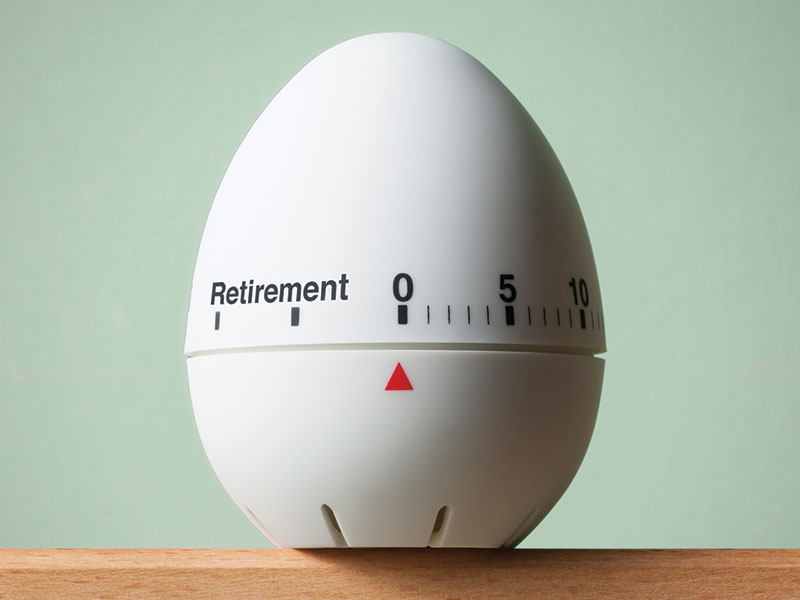
Despite muted investment returns in the third quarter of 2021, capital accumulation plan member outcomes improved as annuity rates continue to rise, according to Eckler Ltd.’s latest CAP income tracker.
It found a typical male CAP member retiring at age 65 at the end of September achieved a gross income replacement ratio of 59.5 per cent and a female CAP member achieved 57.9 per cent — a record high not seen since 2015.
However, the numbers show significant discrepancies in lifetime income depending on the income option, noted the report, and there are other implications for CAP sponsors to consider, such as fiduciary duties, eligible fund types, control of investment decisions, fees, time of conversion and death benefits.
Read: 2021 CAP Member Survey: How are CAP members faring during coronavirus?
“[Plan] sponsors should take the time to understand the different solutions available today, as well as those on the horizon, to evaluate which will be of most interest and value to their members and acceptable to the sponsoring organization,” said the report.
It also noted that decumulation is getting more complicated as many people have multiple employers during their careers, are living longer and face a broader range of ways to draw down their savings. “In this environment, it is imperative that there are supports available to members to help them navigate these decisions.”
The report suggested options such as modelling tools and one-on-one support to help plan members visualize the impact of their current planning and potential decumulation decisions. In addition, it noted plan sponsors must evaluate decumulation products in the context of the types of decisions members are facing and the level of support offered.
Read: Editorial: Discussing decumulation, slow pace of change in Canada’s pension industry
